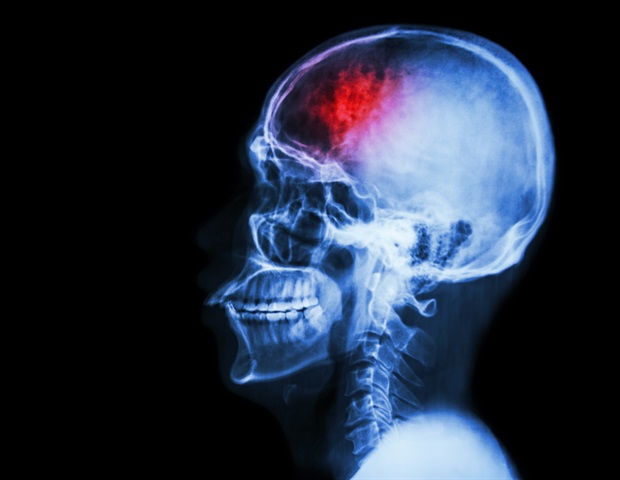
Background and aims
Delirium, generally noticed in critically unwell sufferers following intracerebral hemorrhage (ICH), is an acute neuropsychiatric dysfunction characterised by disturbances in consideration, consciousness, and cognition. The underlying mind community mechanisms stay poorly understood. This examine aimed to discover the practical connectivity (FC) of the ascending reticular activating system (ARAS) in delirium sufferers with basal ganglia ICH and to establish potential biomarkers for predicting delirium onset.
Strategies
On this cross-sectional examine, mind networkomics strategies have been used to look at the FC throughout the ARAS in ICH sufferers with and with out delirium. A two-sample t-test in contrast variations in ARAS connectivity between delirium and non-delirium teams, figuring out irregular mind areas and their corresponding FC values. Receiver working attribute curve evaluation was then carried out to guage the predictive worth of FC for delirium onset.
Outcomes
A big disruption in FC between the brainstem ARAS nuclei and the left parahippocampal gyrus was noticed in ICH sufferers with delirium. The FC energy between these areas was a dependable predictor of delirium prevalence, with an space beneath the curve of 0.893, indicating excessive predictive accuracy.
Conclusions
Disruption of FC between the brainstem ARAS nuclei and the left parahippocampal gyrus could underlie the pathogenesis of delirium. The corresponding FC energy might function an efficient biomarker for predicting delirium onset. Restoring regular connectivity between these areas holds potential as a method for early reversal of delirium and represents a key focus for future analysis.
Supply:
Journal reference:
Zhang, J., et al. (2025). Disrupted Connectivity of the Brainstem Ascending Reticular Activating System Nuclei-left Parahippocampal Gyrus Might Reveal Mechanisms of Delirium Following Basal Ganglia Intracerebral Hemorrhage. Neurosurgical Subspecialties. doi.org/10.14218/nsss.2025.00030